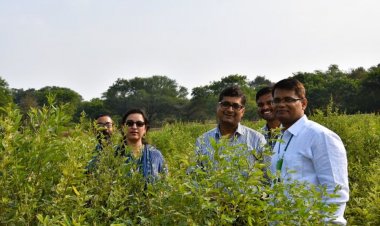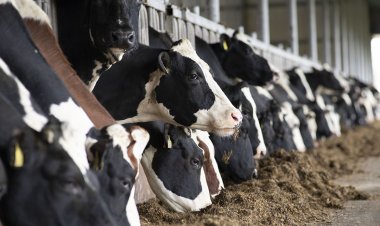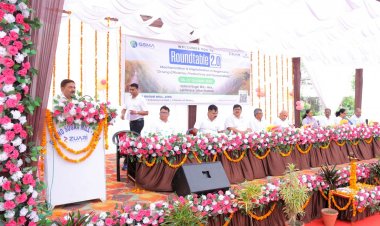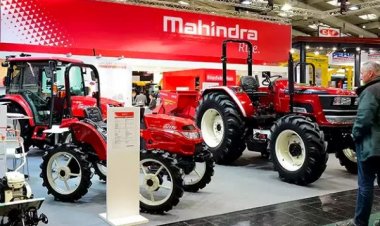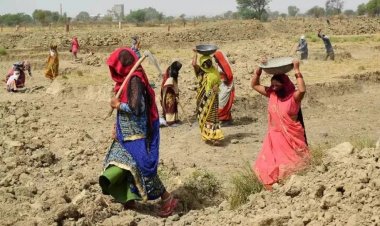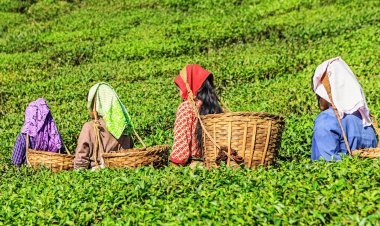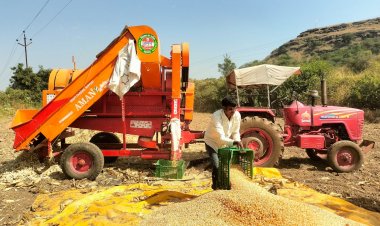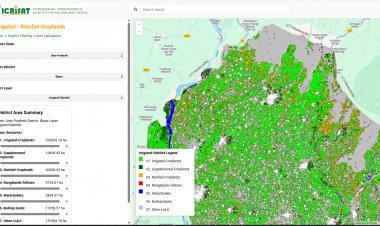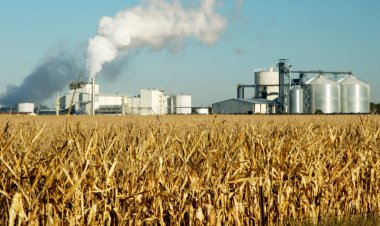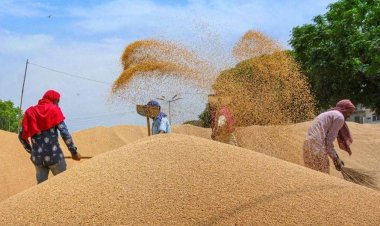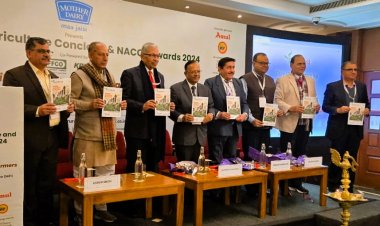Adoption of drip irrigation for rice cultivation: Why the delay?
The drip-irrigation system is being adopted with the awareness created by corporate vendors in an effort to reverse the trend of the wastage of nutrition content in the rice consumed and the quantity of water required to grow rice plants.
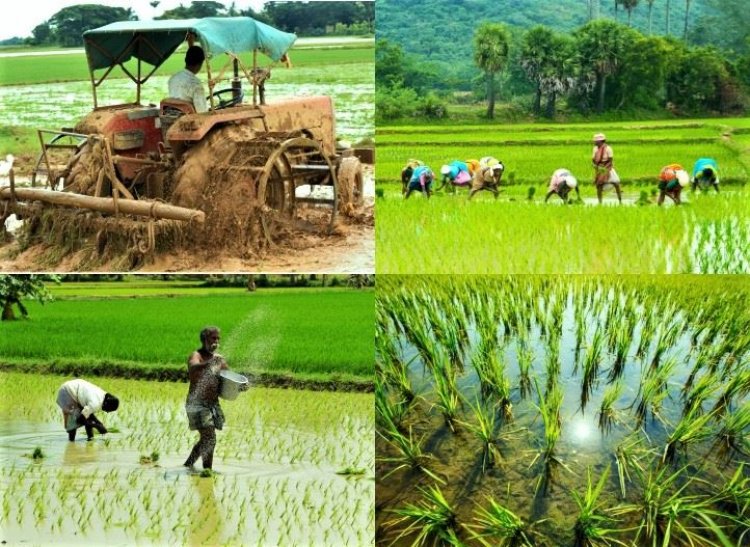
Drip irrigation systems are being seen as the future for rice cultivation in South Asia with farmers being encouraged to adopt this technology.
A leading vendor of this system is the Israeli company Netafim, known for its proficient R&D and the use of drip or trickle technology for crop farming in the arid terrain of Israel in the Middle-East.
Conventional farming for rice cultivation in India and processing it into white-rice variety is divided into two types of irrigation adopted in the east and north of the country. Geographic regions with climates that bring low-rainfall produce: low-land rice; whereas regions with climates that bring high-rainfall produce: up-land rice. Both types depend on continuous irrigation, which is either natural or artificial.
Continuous irrigation from natural sources — freshwater, rainwater, and water table — sustain the growth of the rice plant in paddy fields. This is a crucial part of cereal agriculture for lowland rice in the flood plains of tropical regions.
In the eastern part of India, where rainfall is plentiful, such as West Bengal and Assam, rice production is spread across three seasons because of continuous irrigation.
Trapped water in the bunds or earthen embankments of the paddy field provides vital nutrients for roots submerged in water, and the cycle of sowing and harvesting can be repeated multiple times per year.
Despite the easy supply of water to irrigate land in the east of India, water-logging is a major problem facing farmers because of the lack of drainage systems to flush out excess water.
In contrast, soil salinity, because of the lack of drainage systems to flush out excess salts in the water, is the challenge that farmers in the north of India are facing, along with the lack of easy supply of water to continuously irrigate paddy fields.
Continuous irrigation by artificial watering of land is the major challenge for upland rice in the north of India, where rainfall is traditionally low and dependence is on nutrients dissolved in soil moisture.
Water pipes are sunk deep beneath the top soil and high-powered by an electric pump to draw additional water from the water table to continuously irrigate agricultural land for rice cultivation, causing environmental damage.
Therefore, the drip-irrigation system is being adopted with the awareness created by corporate vendors in an effort to reverse the trend of the wastage of nutrition content in the rice consumed and the quantity of water required to grow rice plants.
Drip-irrigation systems for water conservation and filtration along with installation and maintenance warranty are being retailed in North India anywhere between Rs 35,000–Rs 70,000 on a per-acreage basis, depending upon the quality of technology transfer of patent application between the developer–licensor and the royalty-paying licensee. Educated farmers with know-how and access to finance for capex can leverage this product line. Unfortunately, what is missing is vital feedback from consumers.
The product is criss-cross perforation of pipes with motored pumps and filters installed for easy delivery of drip water to roots on the basis of protocol for watering, fertilizing and planting rice with drip irrigation. Vendors also encourage rotation of crops for sustainable production for the preservation of nutrient-elements in the soil.
While environment-concerned customers were always seen calling out for environment protection, and setting of green policy by the government, today producers of crop realize the importance of adopting best practices and reducing the carbon footprint that is in harmony with the natural environment for crop-farming in the eco-system of agriculture.



 Join the RuralVoice whatsapp group
Join the RuralVoice whatsapp group

















